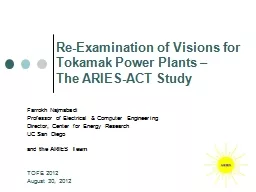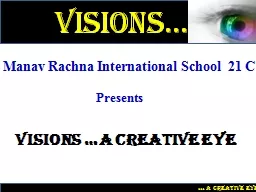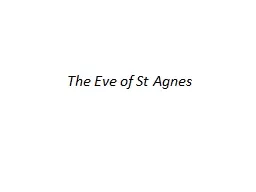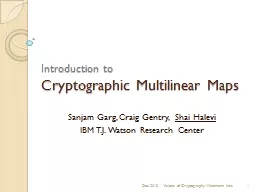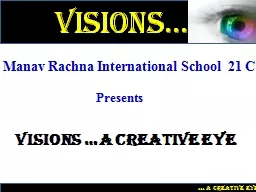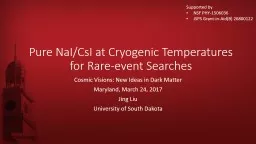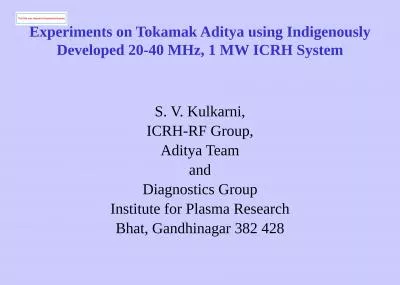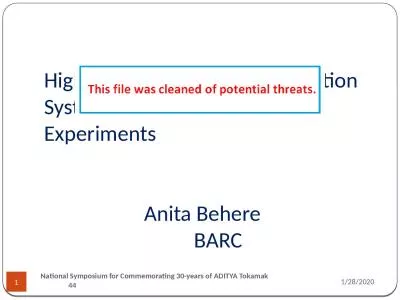PPT-Re-Examination of Visions for Tokamak Power Plants –
Author : natalia-silvester | Published Date : 2019-06-20
The ARIESACT Study Farrokh Najmabadi Professor of Electrical amp Computer Engineering Director Center for Energy Research UC San Diego and the ARIES Team TOFE
Presentation Embed Code
Download Presentation
Download Presentation The PPT/PDF document "Re-Examination of Visions for Tokamak Po..." is the property of its rightful owner. Permission is granted to download and print the materials on this website for personal, non-commercial use only, and to display it on your personal computer provided you do not modify the materials and that you retain all copyright notices contained in the materials. By downloading content from our website, you accept the terms of this agreement.
Re-Examination of Visions for Tokamak Power Plants –: Transcript
Download Rules Of Document
"Re-Examination of Visions for Tokamak Power Plants –"The content belongs to its owner. You may download and print it for personal use, without modification, and keep all copyright notices. By downloading, you agree to these terms.
Related Documents

